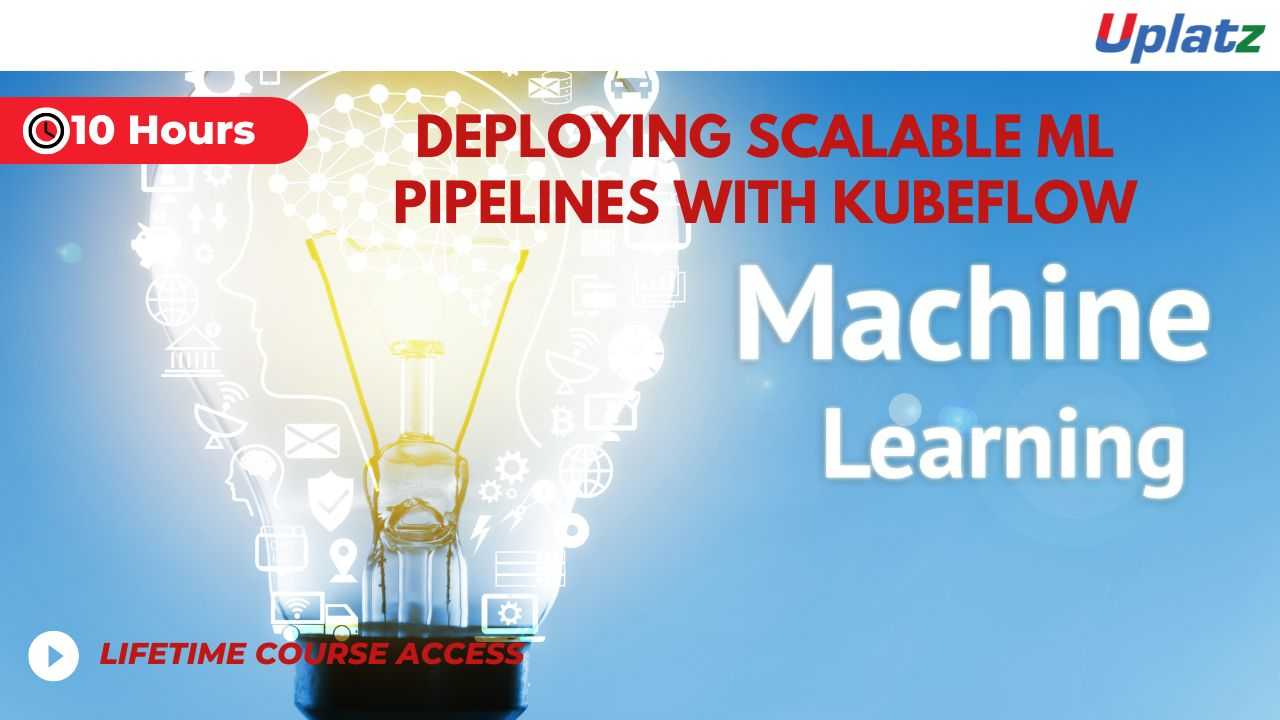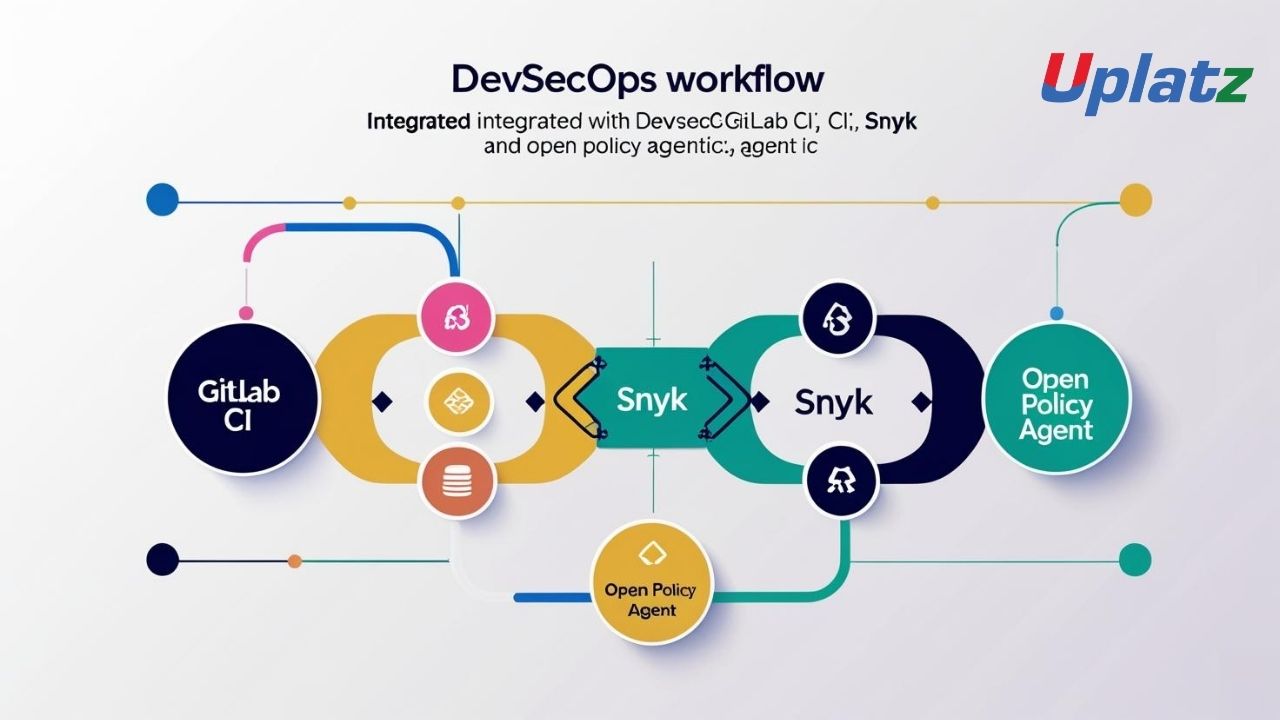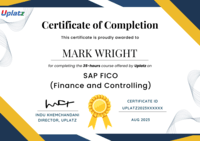Site Reliability Engineering (SRE) with Google Stackdriver & Service Level Objectives
Master SRE practices and principles using Google Cloud Stackdriver, SLOs, SLIs, and Error Budgets to build reliable, observable, and scalable systems.Preview Site Reliability Engineering (SRE) with Google Stackdriver & Service Level Objectives course
Price Match Guarantee Full Lifetime Access Access on any Device Technical Support Secure Checkout Course Completion Certificate 91% Started a new career
BUY THIS COURSE (
91% Started a new career
BUY THIS COURSE (GBP 12 GBP 29 )-
 80% Got a pay increase and promotion
80% Got a pay increase and promotion
Students also bought -
-

- Cloud Computing Basics
- 15 Hours
- GBP 12
- 89 Learners
-

- Deploying Scalable ML Pipelines with Kubeflow
- 10 Hours
- GBP 12
- 10 Learners
-

- DevSecOps with GitLab CI, Snyk, and Open Policy Agent
- 10 Hours
- GBP 12
- 10 Learners

- Google Stackdriver, now known as Cloud Monitoring, Cloud Logging, Error Reporting, and Cloud Trace, is a powerful suite for real-time visibility, diagnostics, and incident response across Google Cloud, AWS, and hybrid environments.
- SLOs define the desired reliability level (e.g., 99.9% uptime), while SLIs track the actual performance (e.g., latency, availability).
- Error Budgets quantify how much unreliability is acceptable, balancing innovation and reliability.
- Learn the Philosophy
Start by understanding the mindset shift from traditional ops to SRE—focus on reliability, automation, and customer experience. - Hands-On with Google Cloud
Set up Stackdriver Monitoring, Logging, and Alerting to track system health and define meaningful metrics. - Understand SLOs and SLIs
Learn how to measure user experience with accurate SLIs and map them to actionable SLOs. - Error Budgets in Practice
Balance risk and velocity by applying error budgets to release planning and incident management. - Automate Reliability
Create policies for alerting, self-healing, and canary deployments based on observability insights. - Build Production Dashboards
Use Google Cloud’s Operations Suite to create custom dashboards, charts, and alerting workflows. - Implement Runbooks and Playbooks
Prepare for incidents with predefined documentation and response protocols. - Track Toil and Eliminate It
Quantify manual operations and use automation to reduce human intervention. - Advance to Distributed Tracing & Root Cause Analysis
Utilize Cloud Trace and Profiler to debug latency issues and performance bottlenecks. - Capstone Simulation
Apply SRE principles in a production-like scenario using Google Cloud environments.
Course/Topic 1 - Coming Soon
-
The videos for this course are being recorded freshly and should be available in a few days. Please contact info@uplatz.com to know the exact date of the release of this course.
-
Explain core SRE principles and Google’s approach to reliability engineering.
-
Define and implement SLIs, SLOs, and Error Budgets.
-
Use Google Stackdriver (Cloud Monitoring) for observability and alerting.
-
Track reliability metrics like availability, latency, and saturation.
-
Build alerting rules and dashboards for service health visualization.
-
Measure toil and reduce it through automation and runbooks.
-
Implement incident response workflows and postmortem processes.
-
Use Google Cloud Logging, Error Reporting, and Trace to investigate outages.
-
Apply risk-based release planning using error budgets.
-
Prepare systems for scale with reliability-focused design practices.
- What is SRE?
- History and Principles of SRE
- DevOps vs SRE
- Key Terminology: SLA, SLO, SLI, Error Budget
- Overview of Stackdriver / Cloud Monitoring
- Cloud Logging and Error Reporting
- Introduction to Cloud Trace and Profiler
- Defining Good SLIs
- Setting Realistic SLO Targets
- Calculating Error Budgets
- Creating SLO Dashboards
- Uptime Checks and Alerting Policies
- Custom Metrics and Dashboards
- Using MQL (Monitoring Query Language)
- Managing Incidents with Alerting Workflows
- Automated Rollbacks and Canary Deployments
- Creating Self-Healing Infrastructure
- CI/CD Integration for SLO Enforcement
- Identifying and Measuring Toil
- Automation Techniques
- Creating and Using Runbooks
- Incident Lifecycle and Severity Management
- Root Cause Analysis (RCA)
- Writing Blameless Postmortems
- Tracking Reliability KPIs
- Using Cloud Trace for Latency Tracking
- Cloud Profiler for Bottleneck Analysis
- Real-Time Debugging Workflows
- Multi-Zone and Multi-Region Design
- Budgeting for Availability and Maintenance
- Managing Risk vs Reliability
-
Design and Monitor a Production System
-
Define SLIs/SLOs for Real Services
-
Set Alerting, Track Incidents, and Review Postmortems
Upon successful completion, learners will be awarded a professional Certificate of Completion from Uplatz, validating their proficiency in modern reliability engineering using Google Cloud tools and SRE principles. The certification signifies your expertise in defining and implementing service-level metrics, reducing system toil, and responding to incidents in production-grade environments. This credential supports your pursuit of roles such as SRE Engineer, Reliability Analyst, or Platform Engineer, and it’s a valuable asset for any professional managing cloud-native services. It demonstrates your ability to apply Google SRE practices in both technical and cultural dimensions to ensure system stability and customer satisfaction.
- Site Reliability Engineer (SRE)
- Observability Engineer
- Cloud Operations Engineer
- Platform Engineer
- Systems Reliability Analyst
SRE applies software engineering to IT operations, emphasizing automation, metrics, and service-level thinking, unlike traditional ops which are more reactive and manual.
SLIs are metrics (e.g., latency), SLOs are internal reliability targets (e.g., 99.9%), and SLAs are contractual agreements on uptime with penalties.
An error budget is the allowed threshold for system unreliability. If exceeded, deployments are paused to protect reliability.
Stackdriver provides observability tools like monitoring, logging, error reporting, and tracing to measure and manage system health.
Monitoring tracks system metrics; alerting triggers actions when thresholds are breached, enabling incident response.
Automation (CI/CD, scripts), runbooks, self-healing systems, and infrastructure-as-code help eliminate repetitive, manual tasks.
Availability, latency (p99), throughput, and error rate are typical SLIs that represent user experience.
It’s a document analyzing an incident without assigning blame, aimed at learning and preventing future issues.
It helps visualize how requests propagate across services, enabling latency analysis and bottleneck identification.
Too much reliability can stall innovation; SRE uses error budgets to allow safe, controlled deployment velocity.









